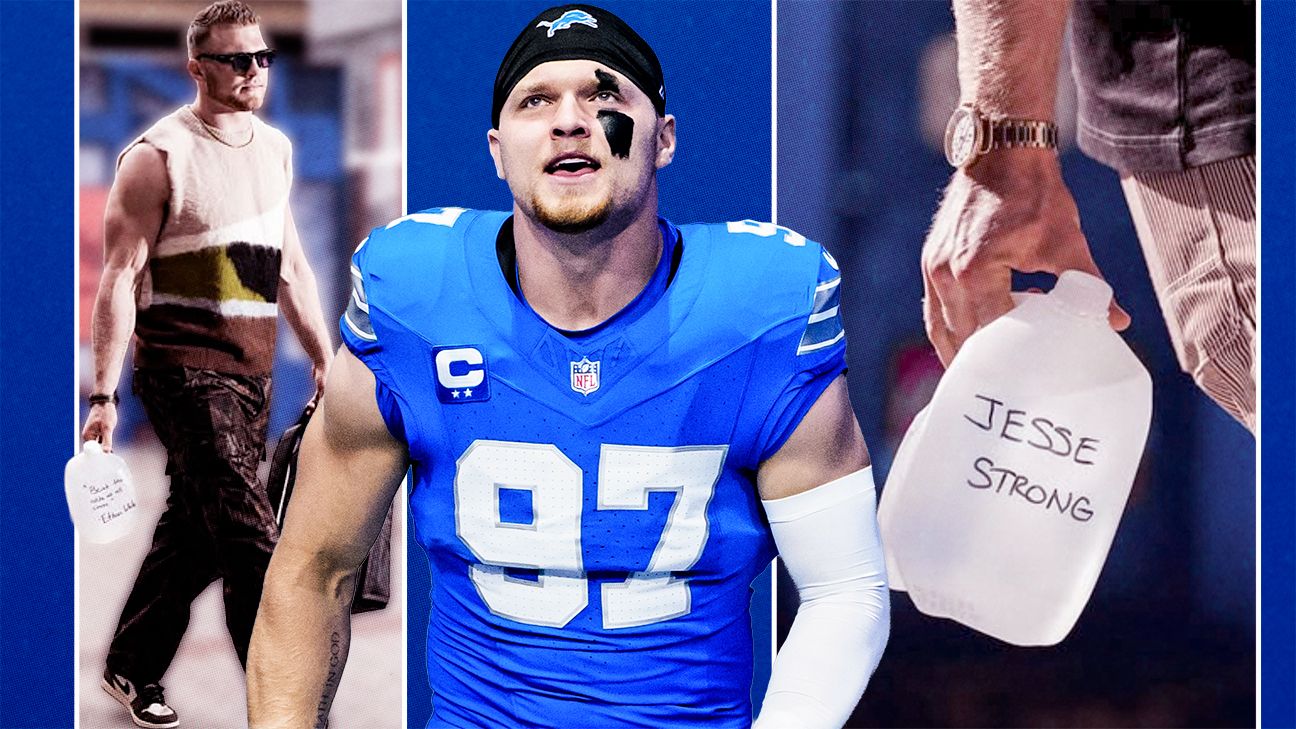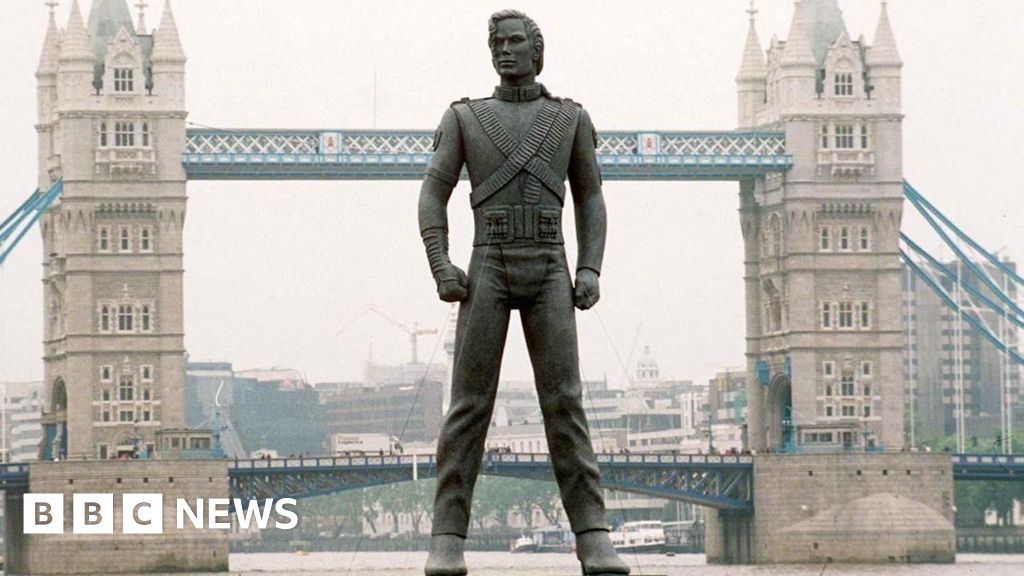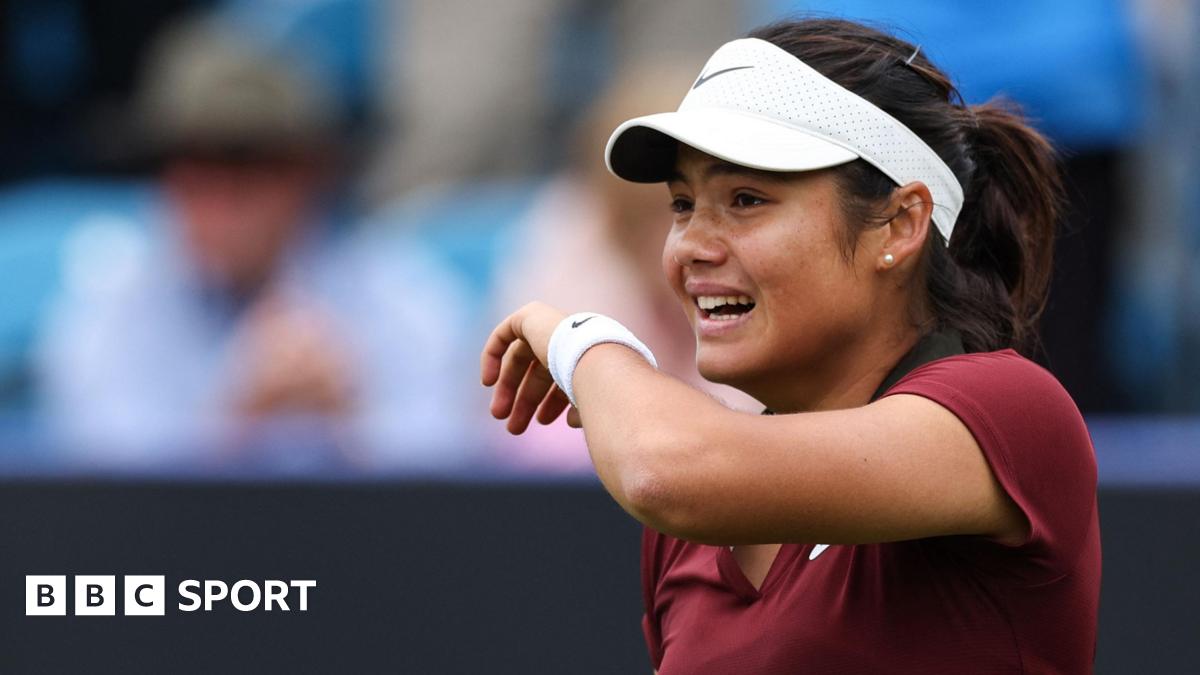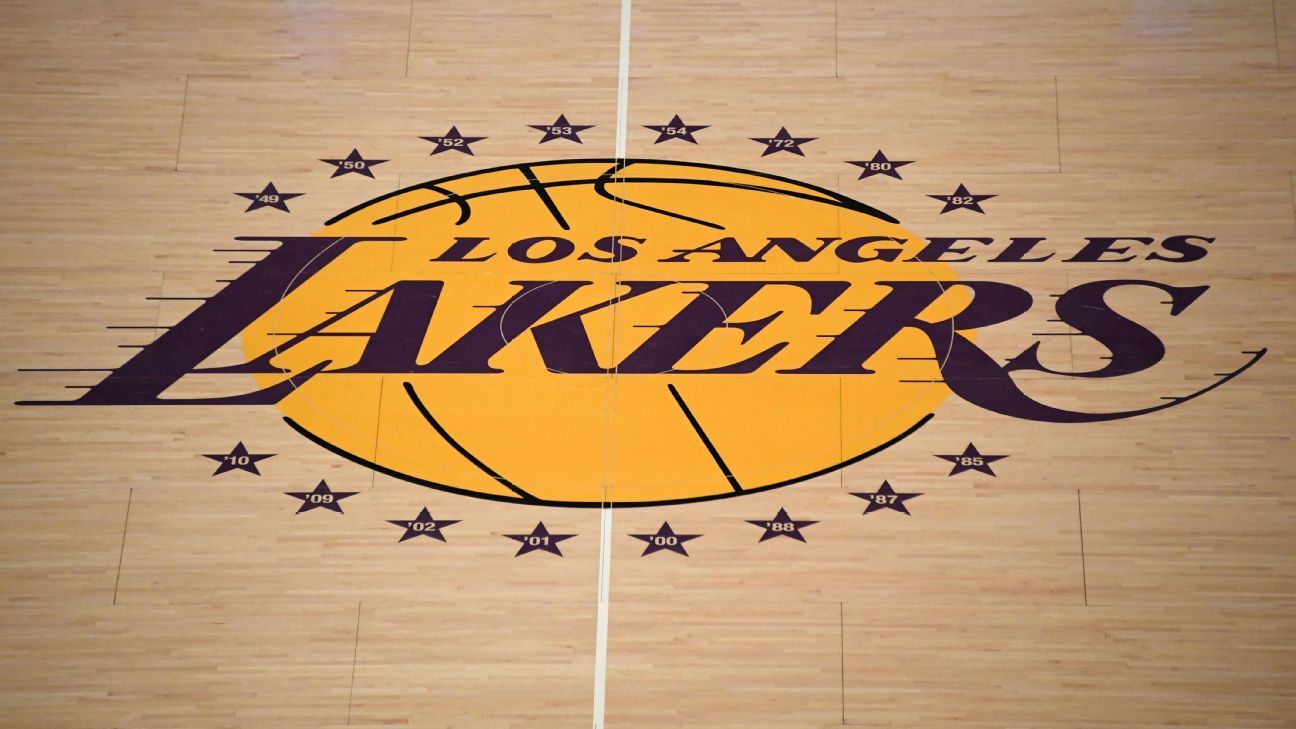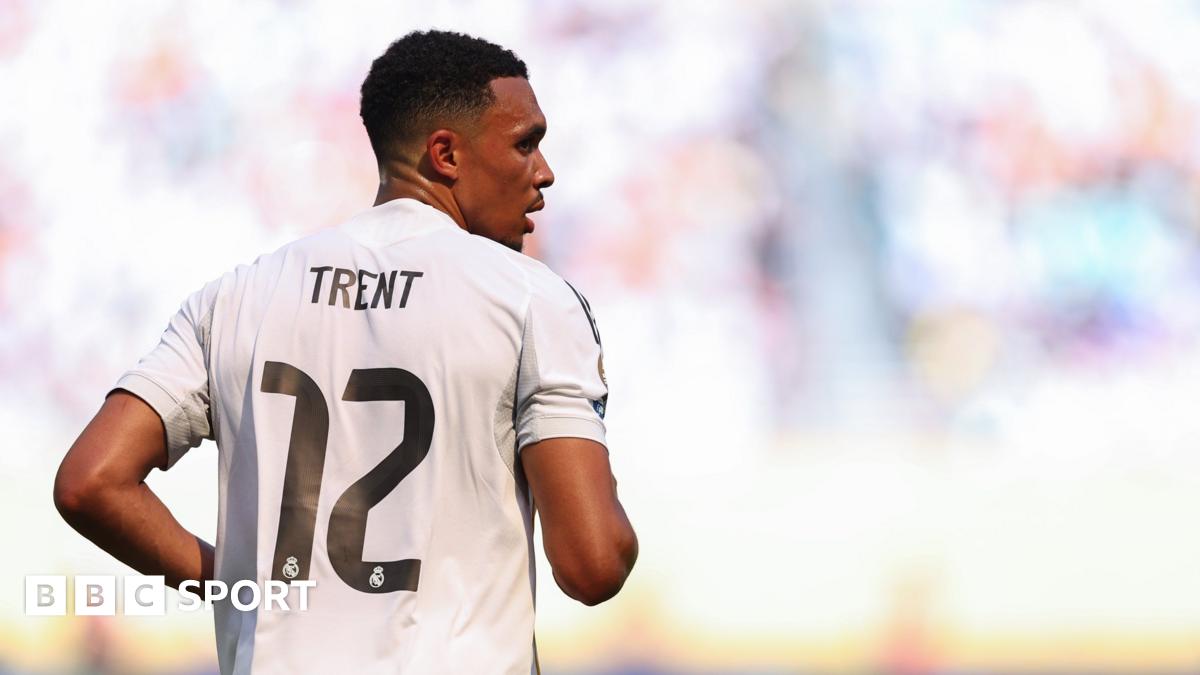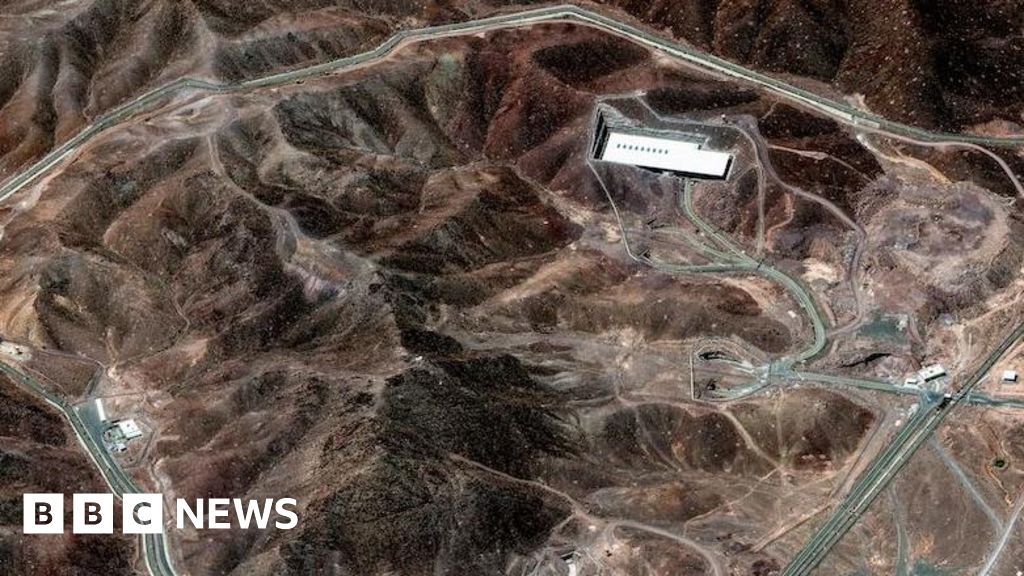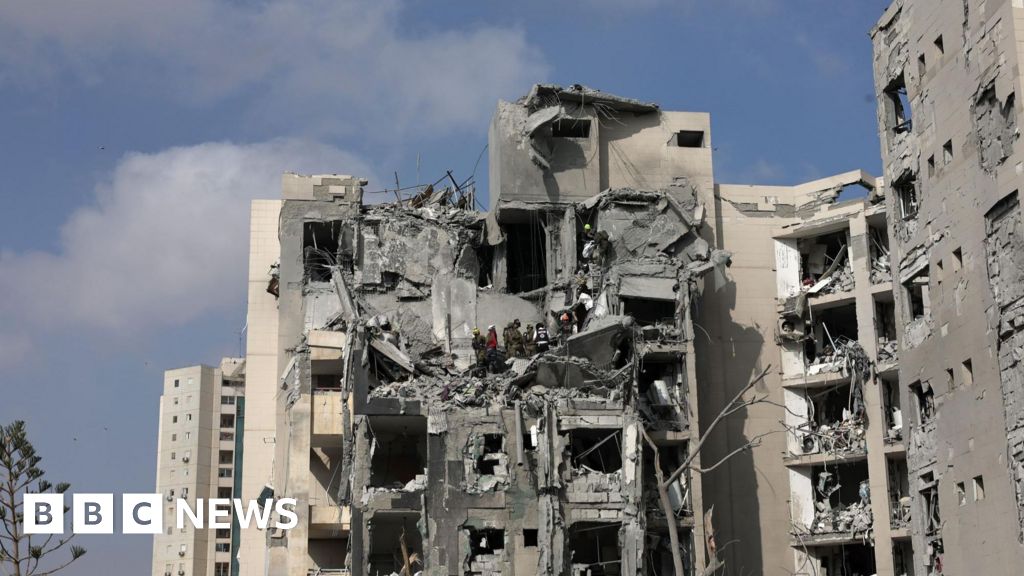
Ryan O'HanlonJun 26, 2025, 07:00 AM ET
- Ryan O'Hanlon is a staff writer for ESPN.com. He's also the author of "Net Gains: Inside the Beautiful Game's Analytics Revolution."
The Gold Cup group stage is over. And with a team of mostly MLS players and fringe starters from elsewhere, the U.S. men's national team is perfect through three matches. It has scored eight goals and conceded just one. It beat the only team that beat Argentina at the last World Cup. And a bunch of new players are getting a lot of valuable competitive experience ahead of next summer's World Cup.
So, everyone is happy, right?
Right?
Yeah, not quite.
Thanks to an ongoing feud between the team's best players, the team's former players and the team's coach, the three wins haven't done much to shift the conversation.
Outside of the opening 5-0 drubbing of Trinidad and Tobago, the other two games weren't leave-no-doubt affairs, either. Against Saudi Arabia, the U.S. only attempted five total shots and won with a set-piece goal from a center back a few minutes after the hour mark. Then, in the final match, they were tied with Haiti all the way up until the 75th minute, when Patrick Agyemang rounded the goalkeeper and put away the game-winner.
The ranking of the USMNT's opponents, in chronological order and according to the World Football Elo ratings: 99th, 66th and 86th.
Based on the quality of the schedule and the state of flux on the A-list roster, we really haven't learned too much from these matches. But the USMNT's quarterfinal opponent, Costa Rica, ranks 47th in the Elo ratings, while potential future opponents Panama (32), Canada (29), and Mexico (25) are within the top 35. With 48 teams qualifying for next summer's tournament, these are all World Cup-quality opponents.
So, what might we learn over the next week? Here are five questions that we should get some answers to between now and the end of the Gold Cup.
Is Matt Freese the starting goalkeeper?
If you asked this question a month ago, approximately 100% of respondents would've answered with a "no." But then Patrick Schulte and Zack Steffen pulled out of the Gold Cup because of injuries, and coach Mauricio Pochettino gave Freese his first cap in a pre-tournament friendly against Turkey. Matt Turner then started the final pre-tournament friendly against Switzerland, and we all expected him to keep starting from there once the Gold Cup began. After all, he'd been the starter since before the pandemic.
But then Turner conceded four goals to Switzerland in the first half, and Freese has played every minute so far at the Gold Cup. Overall, he has been ... fine? Across the four matches, he has faced 11 shots worth 3.16 goals (based on Stats Perform's post-shot expected goals model), and he has conceded three goals. That's about as close to average as you can get.
The orange dots are goals, purple are saves, and the larger the dot, the higher the post-shot xG value of the attempt:

Now, he also made an error that led to Haiti's opening goal, but defender Tim Ream gave him a terrible, bouncing back-pass, and the goal still required a fantastic finish from a really tight angle.
I don't think these four games are enough to really judge Freese in either direction. Just look at those shots: He hasn't even had to save anything on the left side of the goal yet. His performances haven't been disqualifying, but they haven't been job-winning, either.
Does Pochettino give Freese a chance to stand up against stiffer competition? Does Turner become the starter now that games are toughening up? If Freese continues to start and plays well over the final however many matches, then I think we have to say that he's the favorite to start next summer.
Is Johnny Cardoso part of this team?
This was supposed to be a big summer for the 23-year-old defensive midfielder. With Tyler Adams nursing an injury and a bunch of the other midfield options either at the Club World Cup or taking the summer off, Johnny Cardoso figured to be a mainstay in the USMNT midfield for the first time under Pochettino.
Oh, and Atletico Madrid wanted to sign him. You know, the club that's competitive in the UEFA Champions League every season and won LaLiga four short years ago?
If you had to bet on these things not panning out for Cardoso, presumably what you would've cast doubt on is the Atletico move. Cardoso has been a solid player for Real Betis, but has he really been that good? Plus, reported transfer moves fall apart every day, for any number of reasons.
Well, how does this one sound? Atletico Madrid just spent north of €30 million in transfer fees to acquire Cardoso, who at the same time seems to have fallen behind Luca de la Torre and Sebastian Berhalter on the USMNT depth chart.
1:56
Carlisle: Skepticism building over Pochettino's USMNT leadership
On "The Football Reporters" podcast, Jeff Carlisle gauges how USMNT fans are feeling about Mauricio Pochettino's time in charge of the team.
At the Gold Cup so far, Cardoso has played a whopping 11 total minutes. He started the match against Turkey, but his error led directly to the equalizing goal and he was subbed off at halftime. He played the whole game against Switzerland and has barely played at all since the Gold Cup started.
Now, he missed the opener against Trinidad and Tobago because of an illness, so maybe that put him behind the eight ball. And maybe Pochettino's approach to the knockout matches will be different from what he has done through the group stage. We don't really know. But as of three weeks ago, it seemed like Cardoso was a potential starter at the World Cup. As of right now, it's unclear whether he'll even make the roster.
Tim Ream it is, then?
Coming into this summer, it seemed like center back was the one position where the USMNT had most, and possibly all, of its potential World Cup starters on the Gold Cup roster. Crystal Palace's Chris Richards would be one half of the pairing, and then we'd actually get new, useful information about who was most likely to be there next to him.
Miles Robinson started the match against Turkey next to Richards, but then Mark McKenzie replaced him at halftime. McKenzie then started against Switzerland, but with Walker Zimmerman by his side, not Richards. If you were going to draw one half-conclusion from the two friendlies, it might've been: Tim Ream is no longer in the picture.
Instead, the 37-year-old Ream has played every minute of every match at the Gold Cup so far ... and he has been pretty darn important, too.
Although he's a center back, Ream has added more expected possession value -- essentially, how much everything you do on the ball increases or decreases your team's chances of scoring a goal -- than all but three other USMNT players. Some of that is because he has played so many minutes, but a large chunk of it is that he's still so important to how the team moves the ball up the field.
Ream has played 14 passes into the attacking third that have increased the USMNT's chances of scoring a goal by at least half a percent; no one else has more than eight. That might seem like a nothing number, but most of what happens on a soccer field doesn't drastically shift goal probabilities -- it's all about racking up a bunch of tiny moments that eventually add up.
Here are all of Ream's passes worth at least 0.5% of xPV:
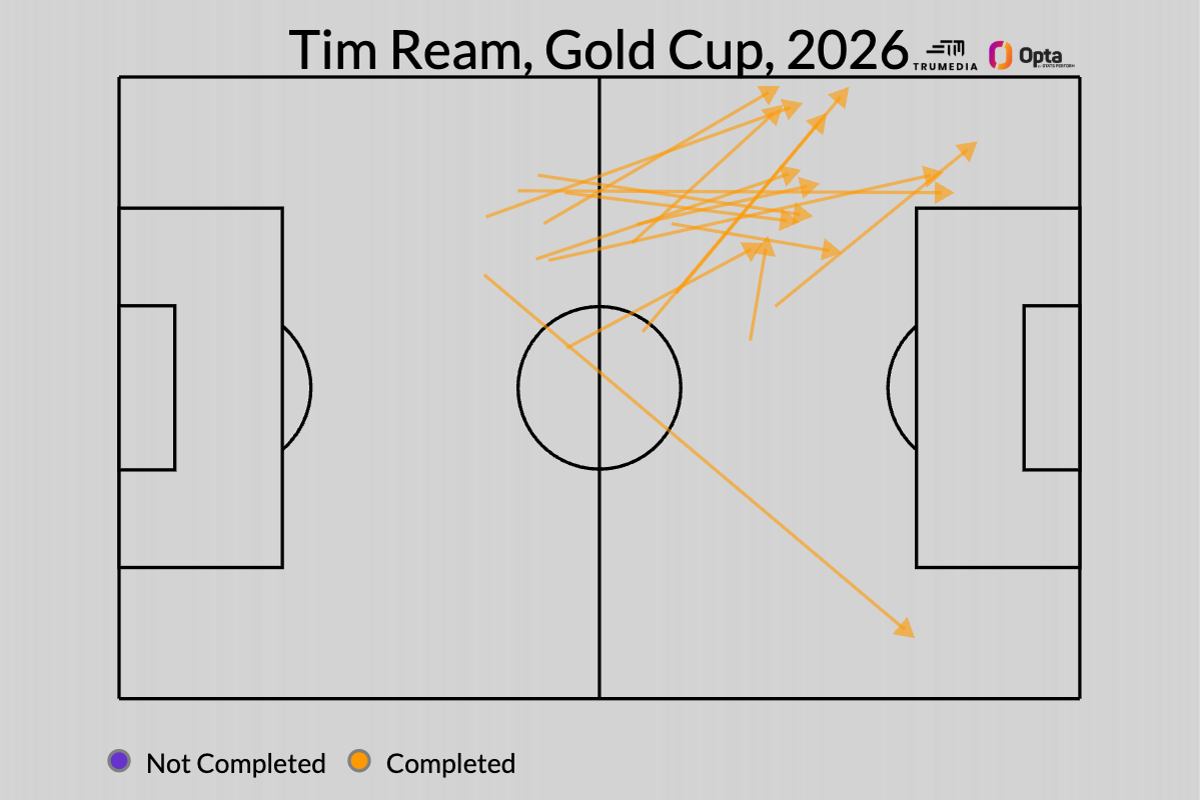
We'll see how Ream holds up against the stiffer competition, though. He has been a fantastic and underappreciated player for most of his career. But I remain a little skeptical that the USMNT can afford to rely on a 38-year-old center back if it wants to make a serious run next summer.
Can any of these attacking midfielders hang against tougher competition?
Through three matches, the players replacing Christian Pulisic, Weston McKennie and Timothy Weah have been quite good. This is exactly what you would've wanted from this situation.
Malik Tillman has played every minute of every game and leads the team in goals and possession value added. He has also been a fantastic final-third defender. After the Turkey match, Tillman told me he preferred the freedom he was given in Pochettino's system, as opposed to the stricter positional guidelines the players were given by former coach Gregg Berhalter, and it has shown so far. Tillman is the MVP of the group stage, and this is the first time we've seen him come close to replicating his PSV form with the USMNT.
Jack McGlynn already looks like one of the best passers in the entire player pool -- and quite possibly the best. For a team that has really struggled to break down low blocks, his creativity could bring something new and important. He has completed 11 passes into the penalty area -- no one else has more than six -- and leads the team in expected assists.
Diego Luna, meanwhile, provides the rare combination of "guy who might actually try to fight a tank with his bare hands" and "guy who never loses the ball." There's a place for massive amounts of energy and ball security on most national team rosters.
1:32
Does the USMNT deserve more credit at the Gold Cup?
The "Futbol Americas" crew discuss the USMNT's 2-1 win over Haiti that granted it a place in the Gold Cup knockout stages.
But how will this translate against Costa Rica and (potentially) Panama, Canada and Mexico?
Tillman is still kind of a strange player: He's an attacking midfielder who relies more on positioning and off-ball running rather than a high volume of touches and seeing-eye creativity. Those players can disappear from time to time. McGlynn did most of his damage against a really weak Trinidad and Tobago team. And will Luna be able to provide enough attacking production once the schedule gets harder?
All three players have really interesting qualities that could help the USMNT next summer, but the next game (or two ... or three, depending on how deep their Gold Cup run goes) should give us a better sense of how those traits will scale up against stiffer opponents.
Can Pochettino get the team moving with pace?
Before the tournament began, I wrote about how Pochettino's team ranked dead last among the USMNT managers we have data for in the following stats:
• The speed moving the ball upfield: 1.03 meters per second
• The number of possessions per match: 82.1
Through the group stages, here's how the USMNT compares to everyone else in the competition across those two metrics:
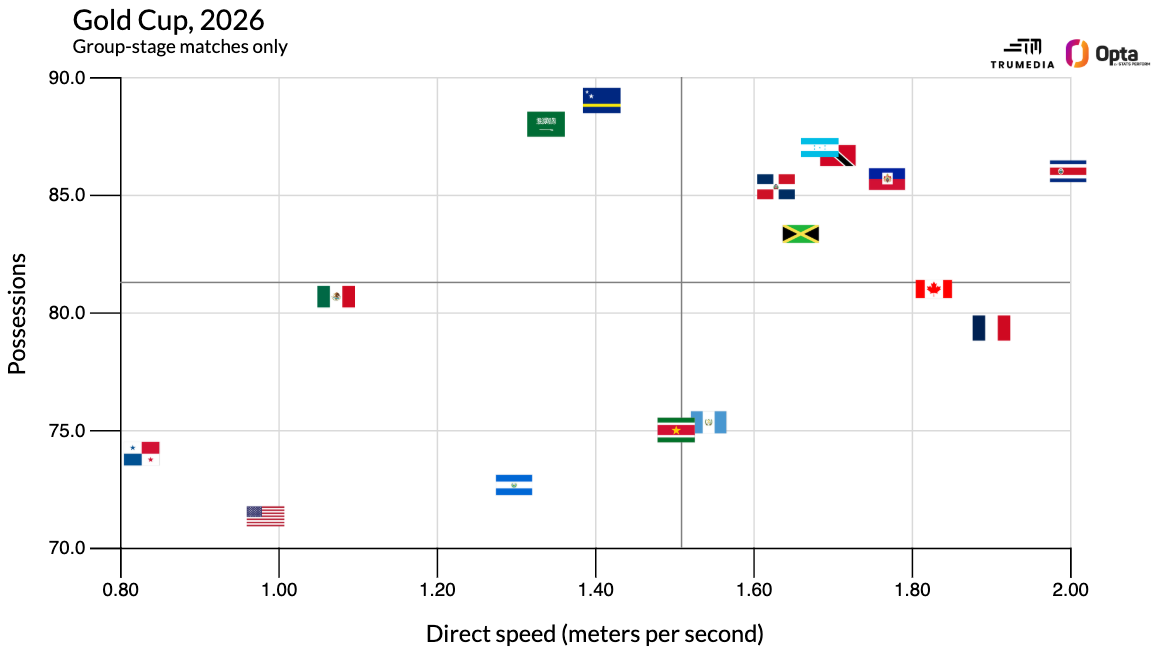
So, the U.S. is moving slightly slower and playing games with even fewer possessions than those already-program-low rates. A lot of this has to do with the approaches of its opponents, combined with the Trinidad and Tobago game being over by halftime, but another pre-tournament favorite, Canada, still manages to embrace a lot more chaos even when it's heavily fancied against its conservative opponents.
And then, all the way to right of the graph -- moving faster than anyone else at the tournament -- is the USMNT's quarterfinal opponent, Costa Rica. Under Pochettino, the Americans' haven't really found a way to break down reasonably talented teams that are willing to sit back and counter-attack. And if they still haven't figured that out, then, well, their tournament is going to be over in just a couple of days.


















